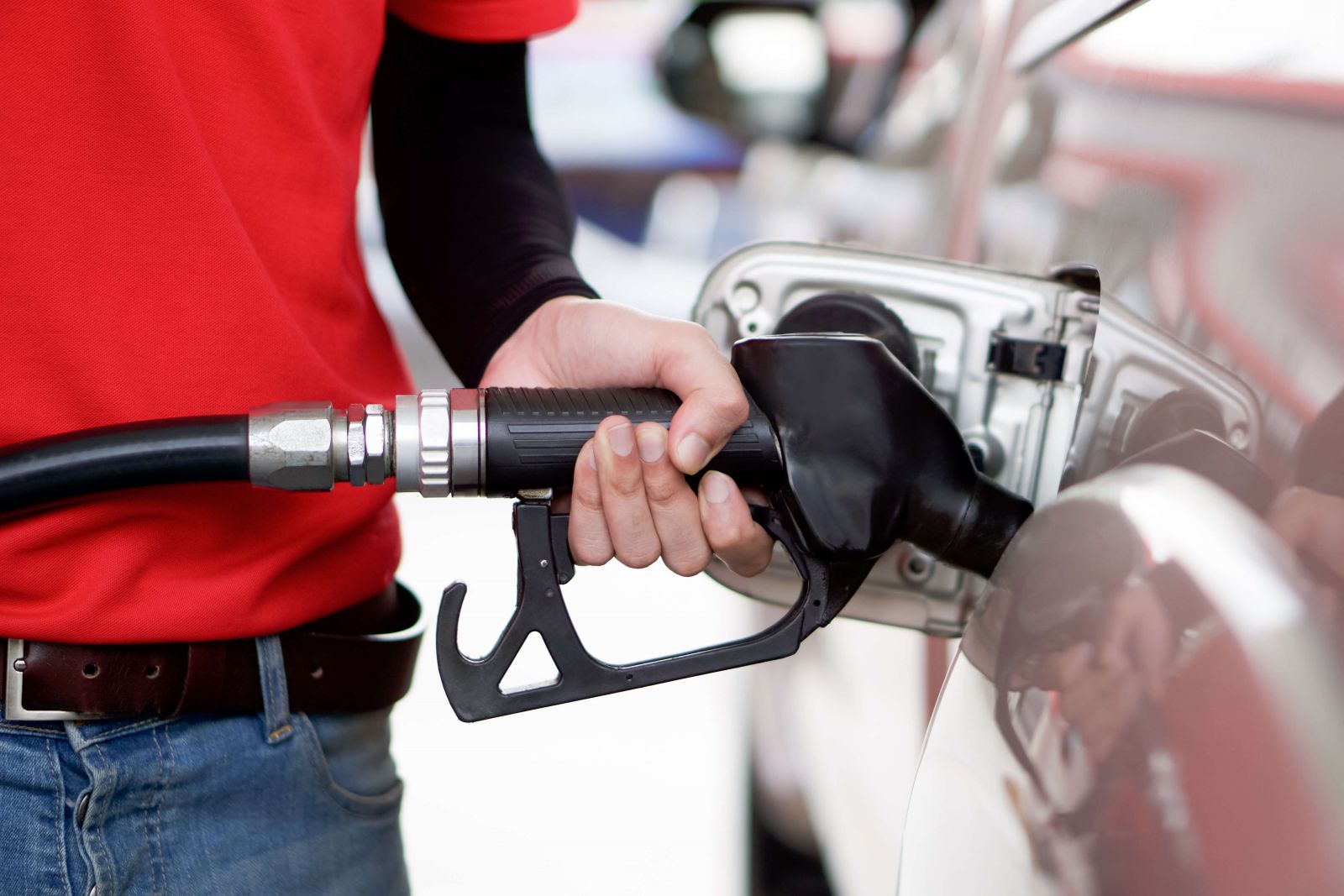Performance Fuels

Antioxidants, Fuel Stabilizers, and You
- Category:
- Fuel Facts
by Grassroots Motorsports
Posted on 12/18/2024

It’s a common wish: eternal youth. When it comes to gasoline, there’s an entire industry seeking to grant that wish by offering a never-ending supply of fuel additives. Why? Because old, stale fuel can cause all sorts of problems, from gum in the system to starting issues.
Fortunately, picking the right nozzle at the pump can deliver a fuel with a longer shelf life. Generally speaking, premium fuel ages better than a lower-grade product. Fuel free of ethanol does better over time as well.
So, back to those fuel additives stocked at the corner auto parts store. In addition to hope and promises, what else can be found in those colorful plastic bottles?
One way to peek inside: Check out the safety data sheet, a standardized form designed to assist workers who might handle that substance. Some manufacturers make it easy to download the SDS; sometimes a bit of internet sleuthing is required. Section 3 of the SDS will always list the compound’s ingredients.
The SDS for a popular fuel stabilizer – picture a red liquid in a clear bottle–notes that 95% of the product contains “distillates (petroleum), hydrotreated light.” The listed CAS Registry Number, a standardized system for identifying chemicals, tells us that we’re looking at a petroleum distillate better known as kerosene or jet fuel. For this application, it serves as the carrier.
The other 5% contains the important stuff, something called “phenol, isopropylated.” Despite having a name that ends with “ol,” explains Zachary J. Santner, senior specialist of quality at Sunoco, this is not an alcohol. It’s a fuel antioxidant. Pump fuel also contains antioxidants.
“Antioxidant additives sacrifice themselves to react with unstable components that are caused by oxygen in the air,” Santner continues. “They prevent unwanted reactions that generate gum and turn the fuel brown.” (This is why fuels specifically designed for storage, like Sunoco’s Optima, are highly refined, free of ethanol, and packed with antioxidants.)
Is there a problem with adding an extra helping of antioxidants? As usual, the answer depends, Santner says. While the antioxidants prevent fuel degradation, they won’t retroactively rejuvenate aged fuel. And there’s a reason why directions are printed on the side of the bottle: Overdosing on fuel antioxidants can lead to longer chain hydrocarbons, resulting in wax, gum, or sludge buildup.
